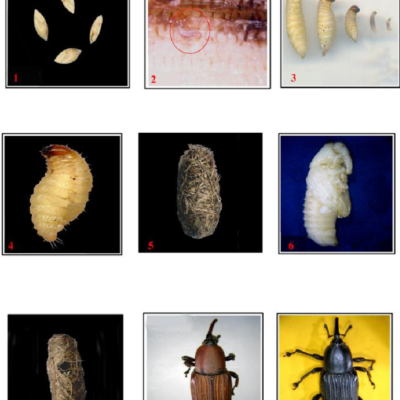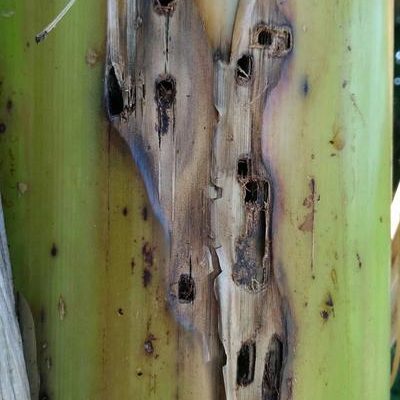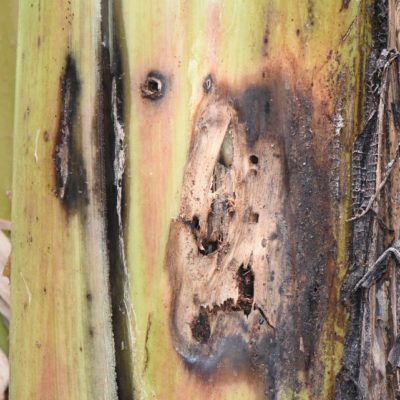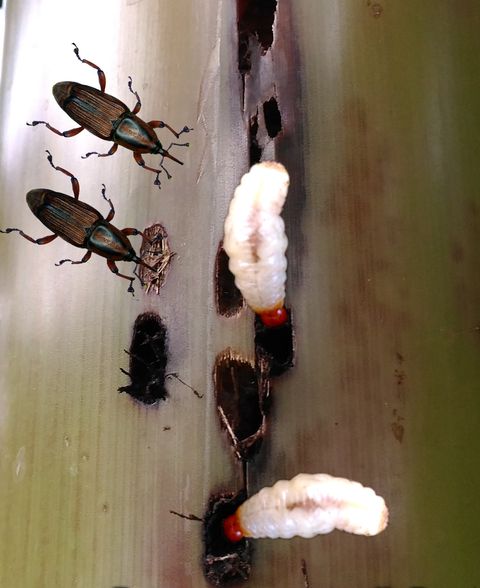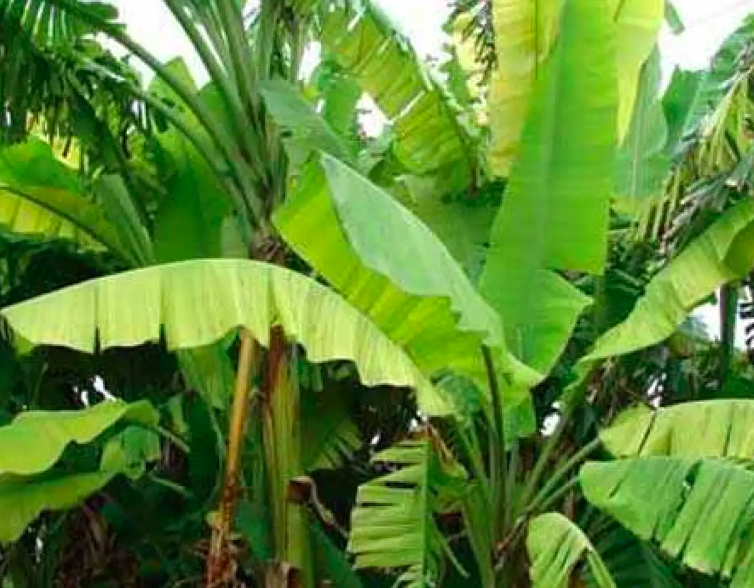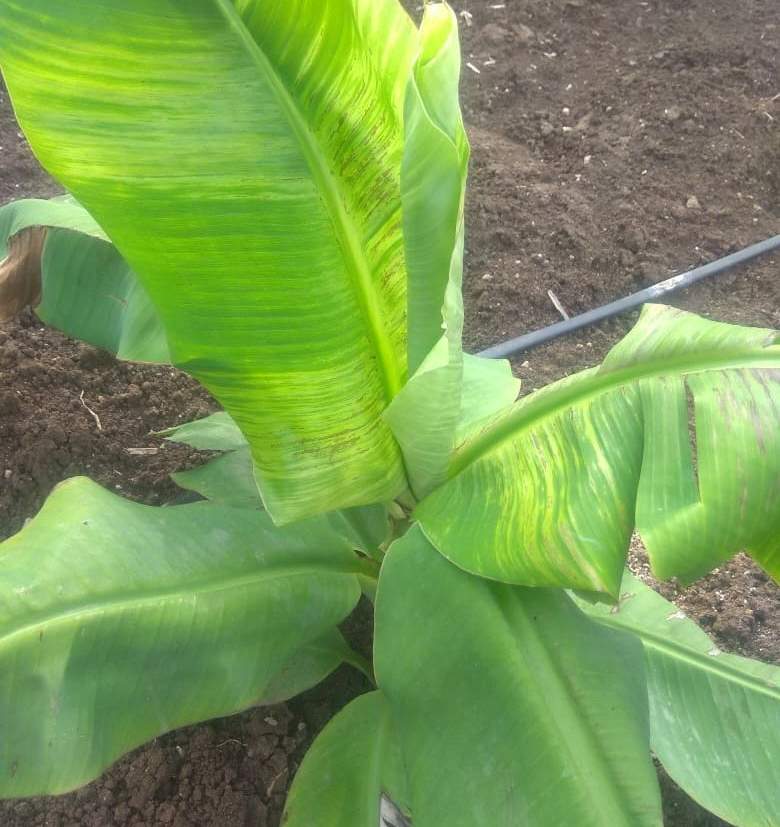The banana Psedo stem weevil attacks the plant during flowering and bunch formation stage and cause severe yield loss by preventing the bunch development. The early symptoms are the jelly exudation on the banana stem which indicate the weevil and grub activity in side the stem.
Nature of damage:
- Infestation of the weevil normally starts in 5 month old plants.
- Early symptoms of the infestation are the presence of small pinhead-sized holes on the stem
- Fibrous extrusions from bases of leaf petioles.
- Adult weevils and exudation of a gummy substance from the holes on the pseudostem.
- During the advanced stages of infestation, when split open the stem, exhibits extensive tunnelling both in the leaf sheath and in the pseudostem.
- Rotting occurs due to secondary infection of pathogens and a foul odour is emitted.
- When the true stem and peduncle are tunnelled after flowering, the fruits do not develop properly, presenting a dehydrated condition with premature ripening of the bunch itself.
Management:
- Follow clean cultivation practices. In case of severe infestation uproot and burn the plants.
- Remove old and dead leaves.
- Swab the cut surface of the longitudinal split traps with 20 g of the formulation either entomopathogenic fungus, Beauveria bassiana, Matarhizium anisopliae or entomopathogenic nematode, Heterorhabditis indica (1x108spores/ mg) and keep the split traps near the banana plant facing cut surface to soil
- Spray Chlorpyriphos 20 EC 2.5 ml/l + 1 ml wetting agent or Azadirachtin (5 ml/litre) . Inject Monocrotophos (150 ml/350 ml water) before flowering@ 2ml/plant or Dichlorvos (0.25%) in the opposite direction one at 2 ft ht and other one at 4 feet above ground level at 30 degree
Control Measure:
- Uproot and burn infested plants.
- Planting material should be trimmed to reduce the number of eggs and grubs.
- After harvesting the bunch, remove and destroy the pseudostem from ground level so as to avoid it serving as a breeding site for the pest.
- Avoid keeping the harvested plants (leaving the plant after bunch harvest for recycling of nutrients) in weevil endemic areas.
- Prune the side suckers every month
- Use healthy and pest free Tissue Culture Plants to check the incidence
- Do not dump infested materials into manure pit
- Apply mud slurry mixed with neem oil 5% on the pseudostem five month after planting in heavily infested areas to prevent oviposition.
- Closely monitor the plants for the detection of oviposition punctures.
Chemical Control:
- Stem injection with Monocrotophos solution (150 ml in 350 ml water) using stem injector at 2 and 4 feet above ground level at 30 degree angle on either side of the plant. Injection should not be given after flowering. Injection needle should reach only 2 or 3 leaf sheaths and without touching the centre core.
- Application of Furadan 3G @ 20 gms or Phorate 10g @ 12 gms or neem cake @ 1/2 Kg. per pit at planting.
- Treat the cut end of the leaf petiole with Chlorpyriphos (2.5ml/lit) + 1 ml sticking agent
- After harvesting of banana bunch cut the tree at base and treat it with 100ml Carbaryl (2g/lit) or apply 10g Beauveria bassiana.
Biological Control:
- Swab the cut surface of the longitudinal split traps with 20g of Beauveria bassiana fungus or Heterorhabditis indica nematode and the weevils die on their own due to infection
- Predatory ants such as big headed any and Tetramonrium spp. are important predators of the banana weevil.
- Dipping the suckers in 20% neem seed solution at planting
- Steinerma and Heterohabditis spp. attack both adults and grubs in the field.
Mechanical Control:
- Use Longitudinal Split Pseudostem Traps (LPST)
- This traps (45cm long) are made from the pseudostem pieces cut longitudinally in two halves. Such traps are laid randomly in the field @ 25 traps per acre.
- Disc -on-stump traps and old pseudostems can be used for trapping weevils. Disc-on-stump traps consist of corn slices placed on top of harvested plants cut at the rhizome.
